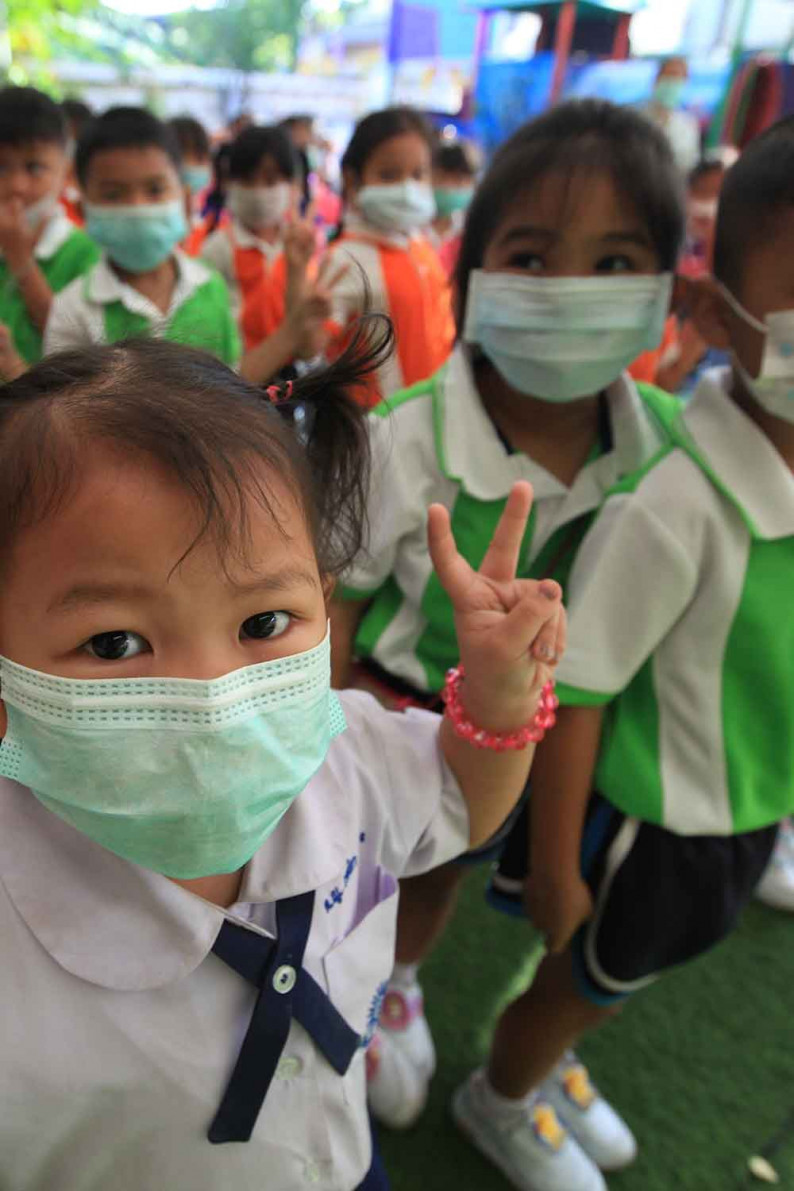
NEW YORK: The more infectious coronavirus driving a catastrophic Covid-19 epidemic in India was detected in 44 countries, according to the World Health Organization, which urged more studies to understand its severity and propensity to cause reinfections.
The strain, identified in October, spawned three versions -- B.1.617.1, B.1.617.2 and B.1.617.3 -- amid an unprecedented spike in Covid-19 cases that made the South Asian country the site of world’s worst coronavirus crisis.
Though there may be important differences among the three, the available evidence is too limited to characterize them individually, the WHO said in a report Tuesday. Any impacts on effectiveness of vaccines or therapeutics remain uncertain, it said.
Early analysis suggests B.1.617.1 and B.1.617.2 have a substantially higher growth rate than other circulating variants in India, suggesting potential increased transmissibility. The strains rapidly appeared in multiple countries, the WHO said.
The B.1.617 lineage is the fourth variant of concern designated by the United Nations agency -- a label that marks it as one of the most worrisome strains frustrating the global fight against the pandemic.
The B.1.617 variants -- sometimes referred to as a “double mutant” because of two mutations in the strain’s spike protein -- stoked a dramatic wave of Covid-19 cases in India that overwhelmed hospitals and crematoriums.
After reported daily infections dipped to fewer than 20,000 cases in early March, the epidemic curve climbed almost exponentially to exceed 300,000 for almost three weeks.
- Mass gatherings -
Besides variants racing through the crowded country of about 1.4 billion people, WHO said that “several religious and political mass-gathering events which increased social mixing” and reduced adherence to social distancing measures also played a part in the current crisis.
“The exact contributions of each of these factors on increased transmission in India are not well understood,” the report said. Preliminary laboratory studies awaiting peer review suggest reduced “neutralization by antibodies,” implying that some vaccines may be less effective. More robust studies are urgently needed, according to the report.
Fearing an influx of infections and mindful of the new variant, countries including Singapore, the UK, Australia and Tanzania have curbed travel to and from India. Thailand has banned entry to foreigners travelling from India, Nepal, Pakistan and Bangladesh.
Epidemiologists have also raised concern that the sheer scale of the outbreak in India may induce additional virus mutations, potentially prolonging the calamity for India and the rest of the world.
